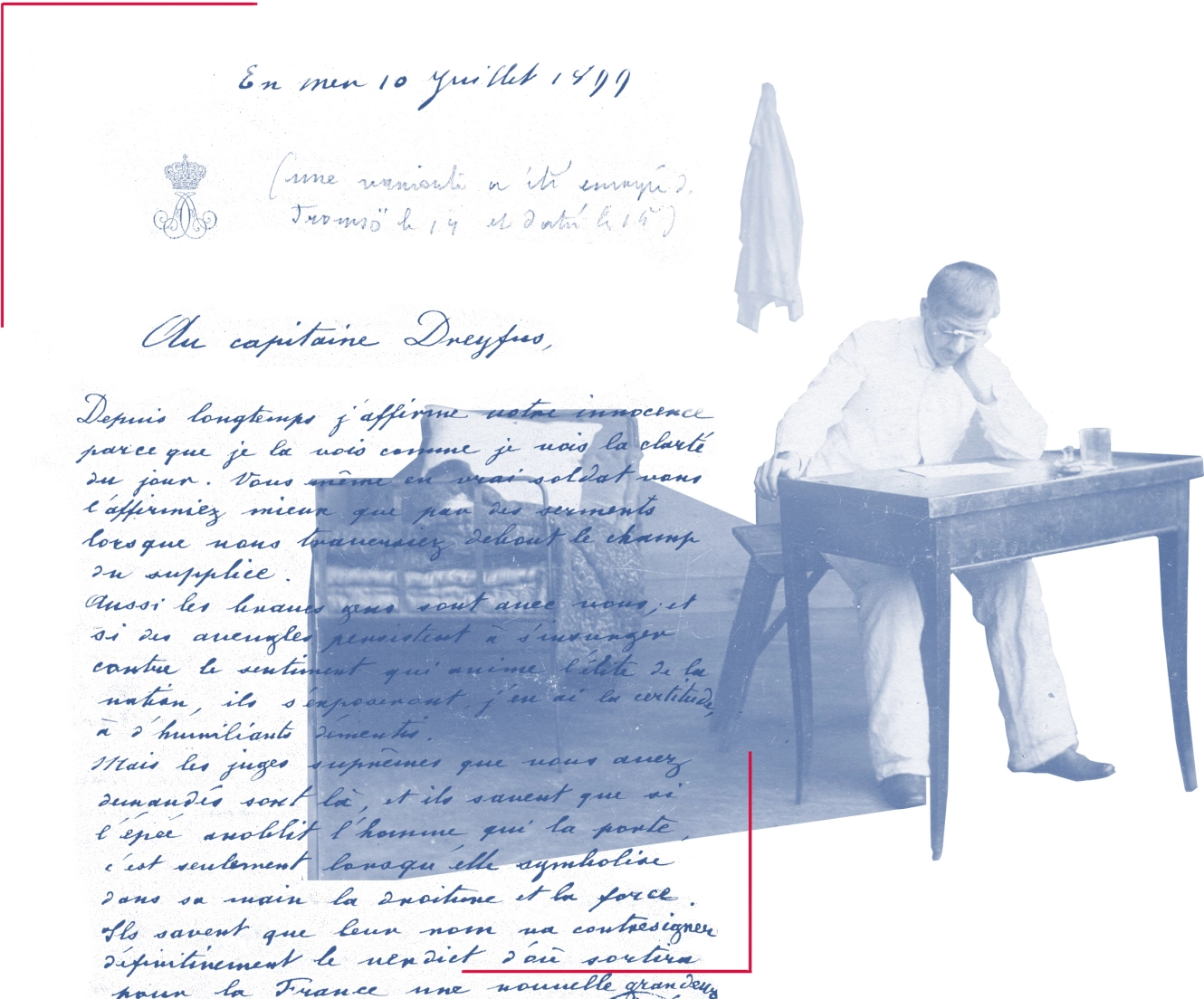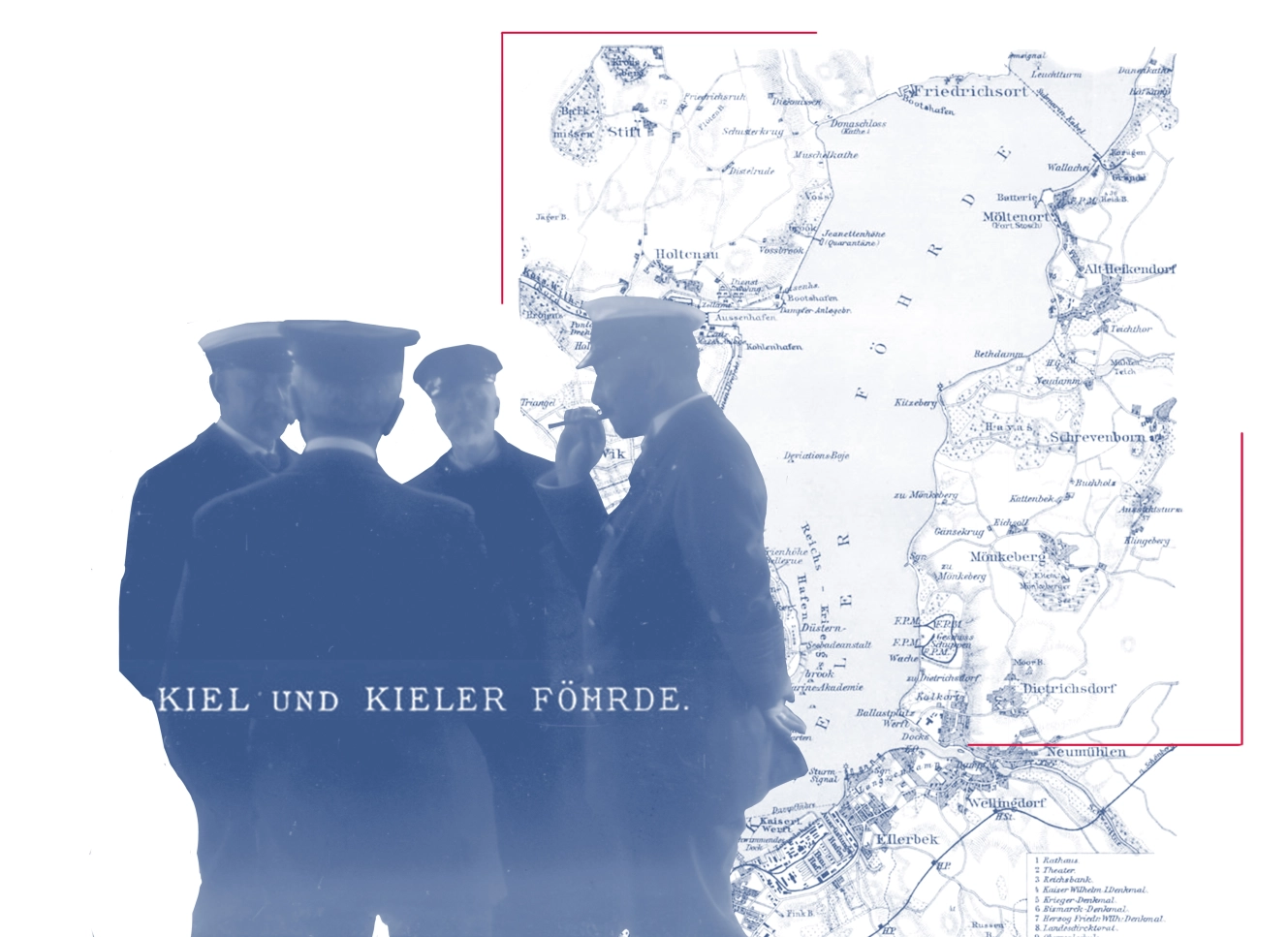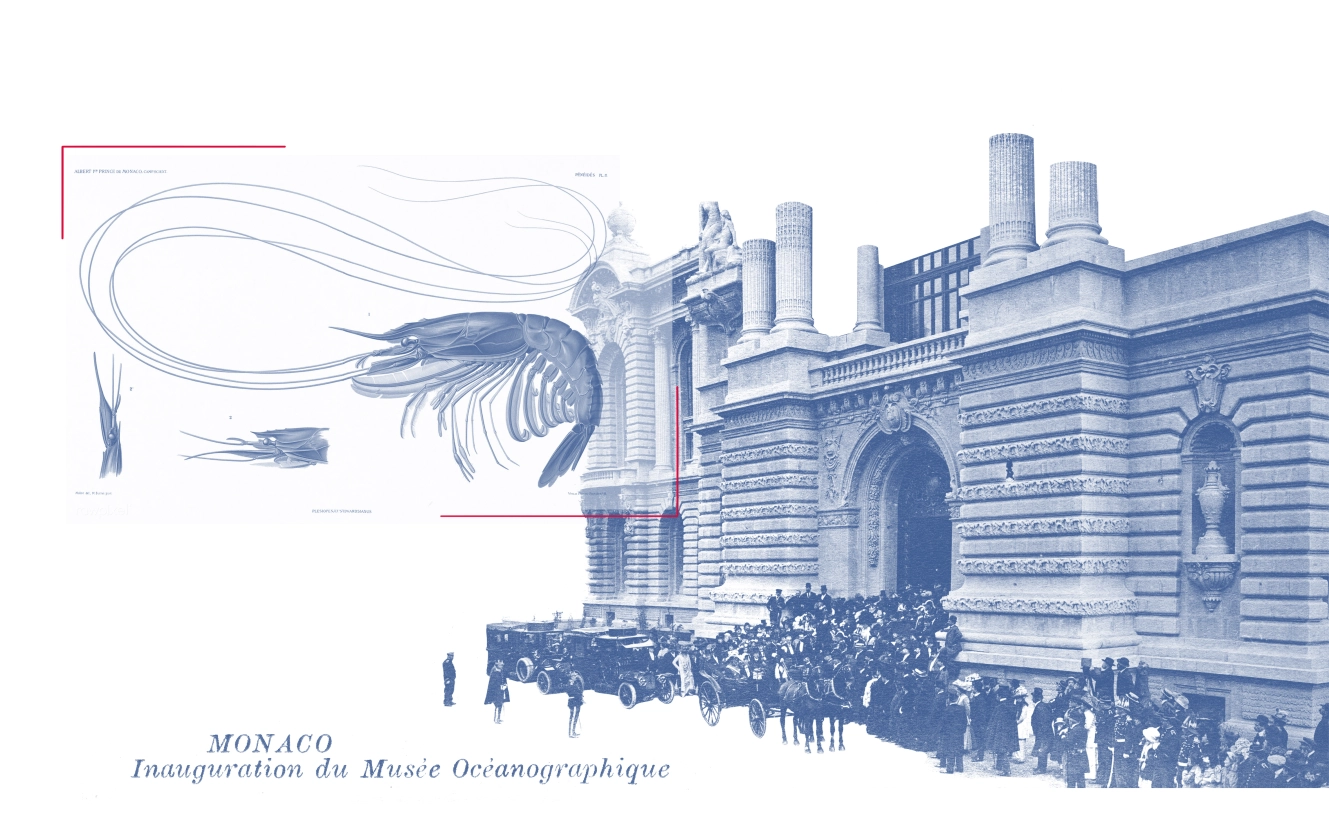Biography
Biographical milestones
1848
Birth in Paris, at 90 Rue de l’Université (7th arrondissement), of Albert Honoré Charles Grimaldi, the son of Prince Charles of Monaco, and Countess Antoinette Ghislaine de Mérode-Westerloo, his wife.
1865
Prince Albert begins his training to become an officer in the Imperial French Navy in Lorient.
1869
Prince Albert purchases a small cutter. He names it the “Isabelle II” and sails it along the French and Italian coasts.
1873
In England, the Prince purchases a schooner built in 1862 by Camper & Nicholsons, and changes its name from Pleiad to “Hirondelle” (swallow).
This allows him to indulge his love of travel and become an increasingly experienced sailor.
1879
Hereditary Prince Albert of Monaco, now in his thirties, arrives in Madeira for the first time on 28 February 1879, on board his schooner, the first “Hirondelle”, aboard which he spent five years sailing the Mediterranean for his own enjoyment. During the few days he spent mixing in high society, he met Alice Heine (1857–1925), who had been married to the Marquis of Jumilhac since 1875.
1885
The original “Hirondelle” completes its first scientific expedition (stations 1 to 37).
1889
During the Universal Exposition in Paris, the Principality of Monaco used its pavilion to present the collections acquired by Prince Albert on board the “Hirondelle”, as well as the equipment used and the publications detailing the results of the expedition.
Monegasques swore an oath of loyalty to Prince Albert I in the Royal Courtyard of the Palace.
1891
Launch of the yacht “Princesse Alice”, built by shipbuilders R. & H. Green at Blackwall Yard near London.
1893
First stage version of Berlioz’s Damnation de Faust produced by Raoul Gunsbourg.
1897
Dreyfus Affair: In his correspondence with his friend Flore Singer, a Parisian salon host, Prince Albert showed himself to be sympathetic to Dreyfus from the outset of the Dreyfus Affair.
1898
Starting in 1898, the Prince regularly attended Kiel Week (held since 1892) though he did not take part in the regattas, for which his yacht was not designed.
In response to Zola’s “J’Accuse” letter, he wrote to the author: “Your statement contains the most wonderful sentiments that a soul could express. It honours humanity, it adds a ray of light to the glory of France. For all those who admire independence and sincerity in patriotism, you have risen higher than the renown of your talent.”
1902
“The Career of a Sailor”, a collection of autobiographical accounts, was published as a book for the first time.
1903
Prince Albert I of Monaco issued Soveriegn Odinance 1041, creating the International Institute for Peace.
1906
The second “Princesse Alice” completes her eighth scientific expedition (stations 2362 to 2562).
Itinerary: Le Havre, Scotland, Norwegian coast, Spitsbergen, Le Havre.
Context: This expedition illustrates the Prince’s fascination with the Arctic: “The challenges and the joys experienced in these regions improve a cultured man when he discovers all the treasures they hold. You are certain to retain, for the rest of your life, something of the heightened sensations that moved us so deeply.” Letter from Prince Albert I to Dr Ferdinand Louët, 15 October 1906. Paris Coll. part.
1910
Inauguration of the Oceanographic Museum of Monaco.
Sovereign Ordinance amending the composition of the Council of the Commune. At the request of Monegasques, Albert I granted direct universal suffrage using a list system for elections to the Council of the Commune, with the exception of the Mayor and First Deputy Mayor, who continued to be appointed by the Prince.
1911
Through Ordinance n°1993, Prince Albert I established constitutional organisation.
Launch of the first tourist rally, known as the “Rallye Automobile”, organised by the Sport Automobile et Vélocipédique society, chaired by M. A. Noghès.
1914
H.S.H. Prince Albert made available to the French Government, the Oceanographic Institute and the Institute of Human Palaeontology in Paris as well as the use of wireless telegraphy on board his yacht, the “Hirondelle”. He gave the Prefect of Seine a sum of 50,000 francs for the families in need of soldiers who had been called to serve, and offered the French Red Cross use of his Château de Marchais property and the hospital in Monaco.
1915
The series of 28 scientific expeditions organised and led by Prince Albert came to an end. During the course of these expeditions, 3,698 oceanographic stations were established with the help of several dozen pieces of equipment, most of which were created or improved by the Prince and his colleagues.
1917
Meeting hosted by H.S.H. Prince Albert, 10, avenue du Trocadéro, to create national parks in the Pyrenees.
1920
Official opening of the Institute of Human Palaeontology in Paris (the Institute was established in 1910 and the building was constructed by Emmanuel Pontremoli and Constant Roux between 1911 and 1914, rue René Panhard). The opening was attended by President Alexandre Millerand, Minister of Public Education André Honnorat and several leading figures from academia.
1921
Prince Albert gave his Speech on the Ocean before the National Academy of Sciences at the United States National Museum Auditorium de Washington, D.C.
1922
Prince Albert I died in Paris on Monday 26 June of an intestinal obstruction.
Detailed chronology
The documents below provide a detailed biography of Prince Albert I and suggestions of works that can be consulted by anyone wishing to learn more.





